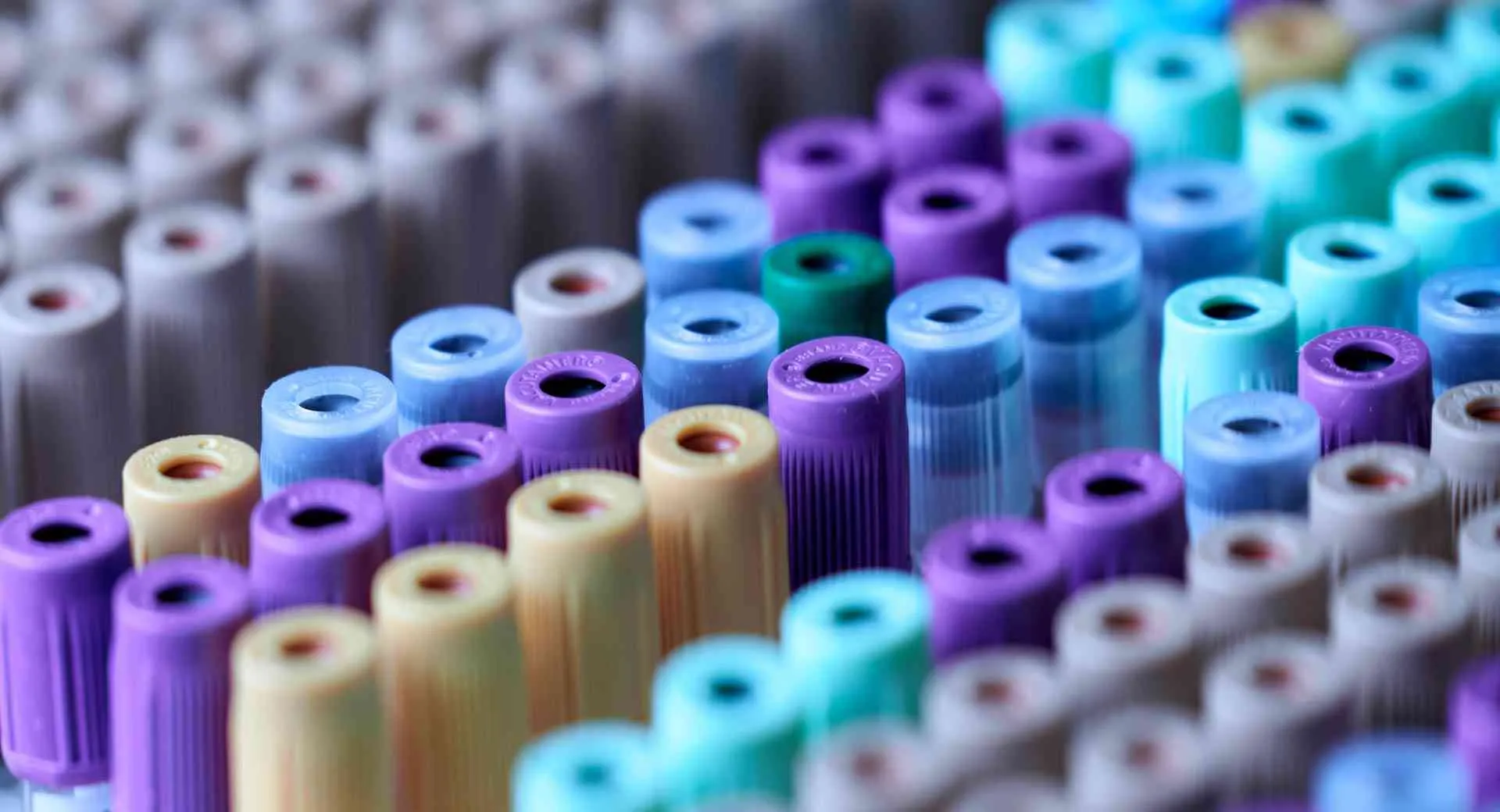Researchers from the Massachusetts General Hospital and Harvard Medical School developed the novel, "PEG-like Nanoprobes,’’…

The Stealth Properties of PEG-Coated Nanoparticles are Dependent on the PEG Grafting Densities
The Lai lab at UNC Chapel Hill published an article in Molecular Pharmaceiuticals – Evading Immune Cell Uptake and Clearance Requires PEG Grafting at Densities Substantially Exceeding the Minimum for Brush Conformation. Mol. Pharmaceutics, 2014, 11 (4), pp 1250–1258, DOI: 10.1021/mp400703d.
Exploration in PEG Grafting
This paper critically pointed out: Coating nanoparticles with polyethylene glycol (PEG), which reduces particle uptake and clearance by immune cells, is routinely used to extend the circulation times of nanoparticle therapeutics. Nevertheless, due to technical hurdles in quantifying the extent of PEG grafting, as well as in generating very dense PEG coatings, few studies have rigorously explored the precise PEG grafting density necessary to achieve desirable “stealth” properties.
Here, using polymeric nanoparticles with precisely tunable PEG grafting, we found that, for a wide range of PEG lengths (0.6-20 kDa), PEG coatings at densities substantially exceeding those required for PEG to adopt a “brush” conformation are exceptionally resistant to uptake by cultured human macrophages, as well as primary peripheral blood leukocytes. The stealth properties of PEG-coated nanoparticles are critically dependent on achieving PEG grafting at densities exceeding those required for brush conformation.

Creative PEGWorks offers novel PEGylation reagents and highly reactive PEG derivatives to achieve high-density PEG grafting on the surface of nanoparticles, microparticles, biochips, etc.
Related Posts
- Fluorescent or Radioactive PEG-like Nanoprobes
- Surfactant-like PEG Derivatives for Drug Delivery
Creative PEGWorks developed a series of amphiphilic, surfactant-like PEG derivatives and they are now available…
- Polymer preservatives - PEG and chitosan hydrogels - protect wooden artefacts
Wooden artifacts such as those found on the Mary Rose, are typically treated with polyethylene…
